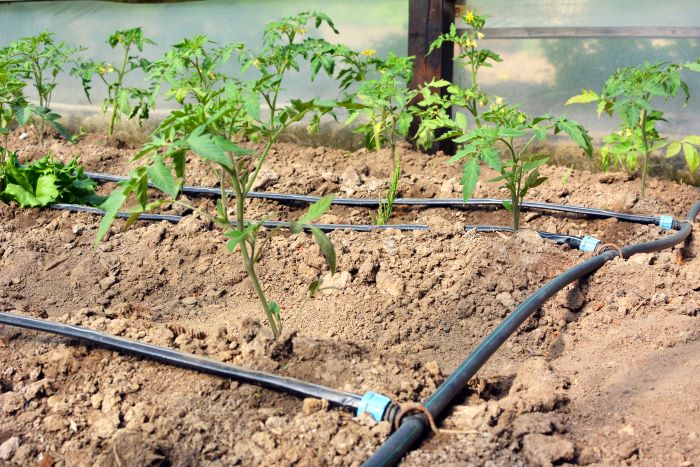
When we hear the word irrigation, we think water. However, irrigation systems can – and should – be used as precision nutrient delivery networks. Sending nutrients directly to the crop root zone reduces losses, improves uptake and helps solve the challenges associated with runoff that causes eutrophication. How many of us saw “no swimming” signs this summer, or warnings to keep your pets out of lakes that had toxic algae?
Nutrient losses that spark algal blooms in places like Lake Erie or the Gulf can often come from rainfed agricultural landscapes where fertilizers are broadcast on the surface and subject to runoff during storms. Precise, controlled irrigation systems can be used for fertigation, but convincing rainfed farmers to adopt precision irrigation systems for nutrient delivery will likely require a combination of public and private incentives. For example, a precision irrigation system could be used for nutrient delivery under NRCS Practice Standard 590 if cost shares were established. Private companies with “water positive” goals use the Volumetric Water Benefit Accounting Standard, and a second version was just released that includes a methodology for quantifying water quality improvements that can result from precision fertigation.
There are plenty of success stories using precision irrigation for improved nutrient delivery. In Kansas, K-State Extension has championed subsurface drip irrigation (SDI) for crops in the Great Plains to save water and deliver nutrients more efficiently. Western Kansas Research-Extension Centers trials of subsurface drip nitrogen fertigation in corn have shown that side-dress or split N applications via SDI increased fertilizer use efficiency, and in some cases delivered yields comparable with conventional methods while using less N. These results demonstrate the power of lining up nutrient timing with crop demand rather than front-loading fertilizer application prior to planting. Long-term SDI research in Kansas has shown that irrigation systems positively influence root-zone dynamics.
Similar principles are gaining interest across the Plains. Nebraska’s irrigated acreage is among the largest in the country, but much of its farmland is still rainfed or partially irrigated. Some Nebraska producers are applying regenerative principles and precision pivots to manage water and nutrients more closely. In Texas, micro-irrigation research is enabling adoption of subsurface and low-pressure systems that can carry both water and soluble nutrients. Given that many fields still rely on conventional sprinklers or center pivots, the leap is to retrofit or hybridize systems so that nutrient injections are part of the design.
A recent modeling study found that introducing irrigation operations timed with fertilizer application can reduce surface nitrate export by up to 12%, especially if nutrients are injected later in the season, reducing the amount of potential nitrogen runoff on the soil surface. These interventions can reduce the risk of runoff before it begins. Additionally, these systems could be flexible in the face of more unpredictable weather. For example, subsurface fertigation units could sit idle in dry years but activate when forecasts predict moisture stress. Mobile drip systems could track high-value fields on a rainfed landscape, applying micronutrient or starter blends ahead of rain events. This is the next frontier of integration between irrigation, agronomy and watershed health.
By weaving irrigation and nutrient delivery together, we improve how we feed crops and protect waterways. As irrigation professionals, we are uniquely positioned to lead the shift toward thinking of water and nutrients as symbiotic elements of a whole system instead of separate challenges.
Share on social media:
8280 Willow Oaks Corporate Drive | Suite 630 | Fairfax, VA 22031
Tel: 703.536.7080 | Fax: 703.536.7019
HOME | ABOUT US | ADVERTISE | SUBSCRIBE | CONTACT | PRIVACY POLICY | IA ANTITRUST STATEMENT